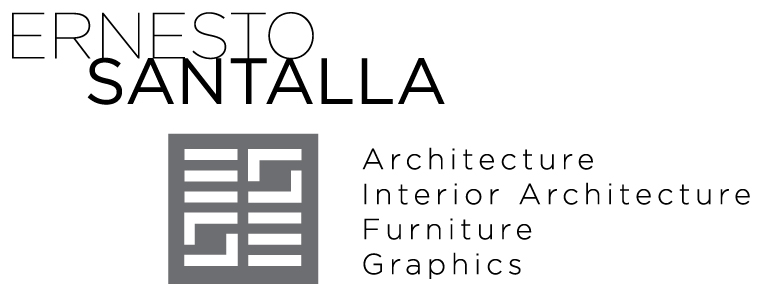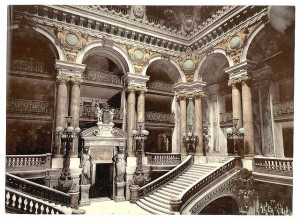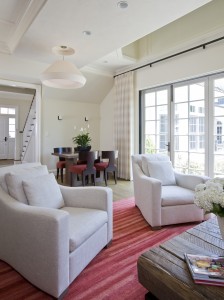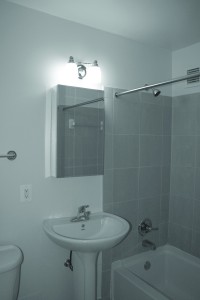I realized years ago that every line added to a drawing will cost money. When working on a renovation, especially, it’s easy to get carried away and add more work assuming it won’t cost much. Oh what a treacherous path to follow that is, because costs can get out of hand and once an idea is “sold,” it’s hard to give up. To stay out of trouble, I remind my clients that anything that’s there and we don’t touch doesn’t add cost to the project. On the other hand, keeping things doesn’t always result in savings or a better project, so it’s a value judgement.
Condominium renovation projects are complex for many reasons. There is a committee, which reports to the Board of Directors, who represents the Condominium Association and is responsible to them. Renovations are usually overdue, budgeted years in advance and typically include a lengthy list of requirements and a multitude of opinions. The Dupont East in Washington, DC, was not exempt from these circumstances, but add to the mix the economy was at a very low point when the project was designed in 2009 and spending money wisely suggested not spending any at all.
The project involved the redesign of the Lobby and the residential corridors. The building was built in the 1970’s and the public spaces had been last renovated in the mid to late 1980’s. There was no documentation of what the original Lobby looked like from photographs, but we had the floor plans. The committee was in agreement that the Lobby was dark, the color scheme dated, and the furnishings out of place in this building.
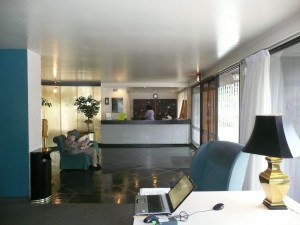
The front desk had been retrofitted many times to accommodate security, an entry system, computers, etc. The building does not have a dedicated mail room, so the mail is received and sorted by staff. The entry doors were wood and glass in an all glass enclosed space. The peek-a-boo design struck me as odd. Very dusty drapes gave the space a “homey” feeling and traditional furniture in vibrant colors gave it a “modern edge.” The gold metal wall opposite the entry doors was well, gold and shiny.
